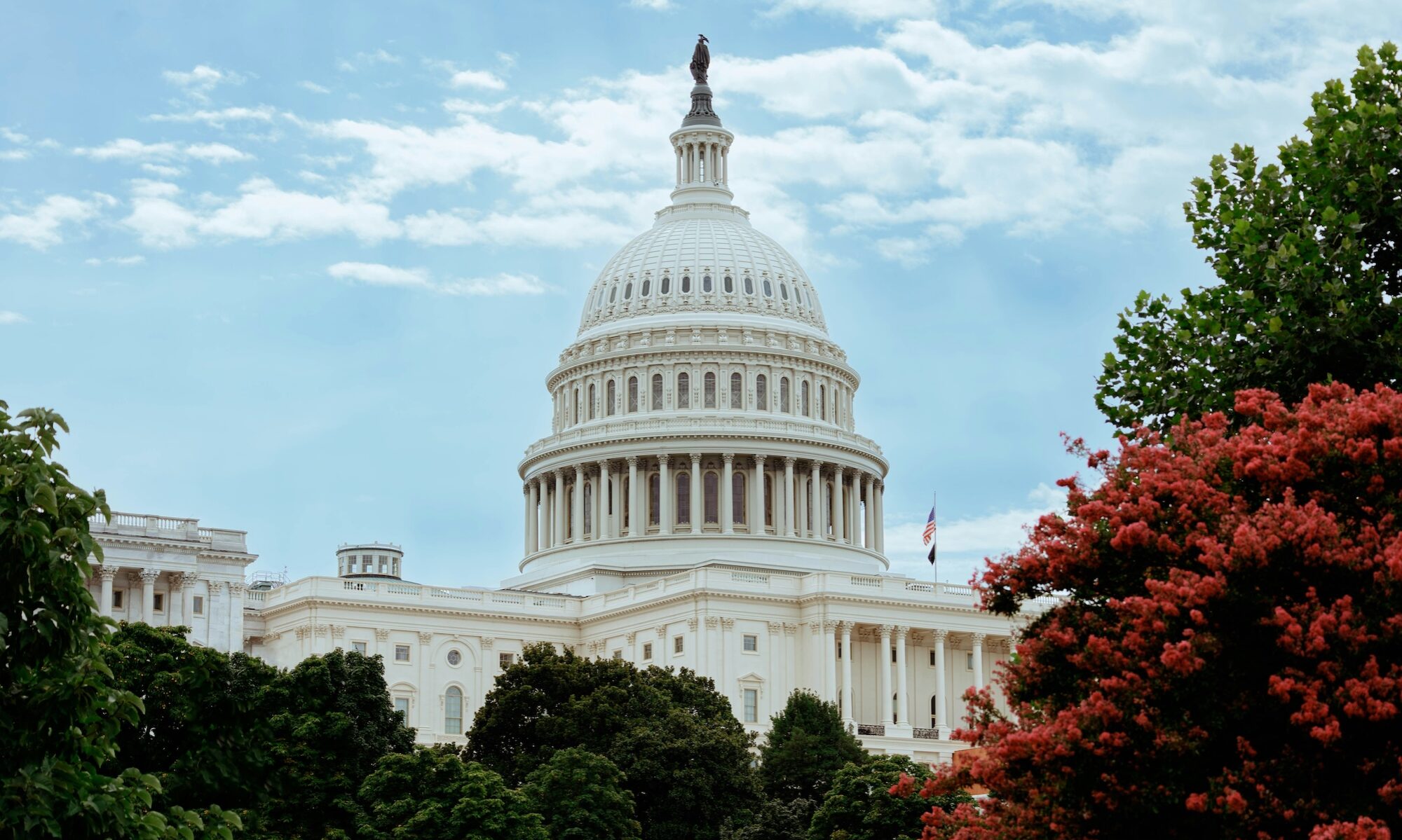Amazing. Audacious. Awesome. Badass. Confident. Dominant. Elite. Explosive. Extraordinary. Fiery. Focused. Fun. Generational talent. Grounded. Historical. Humble. Impressive. Legendary. Mesmerizing. Must watch. Passionate. Popular. Powerful. Ready. Rock star. Smart. Transcendent. Tremendous. Unselfish. Wow.
And so is a simple splattering of the many words used to describe women’s basketball’s newest, biggest star, Caitlin Clark.
Clark leaves college as the NCAA Division I all-time leading scorer. Male or female. This past week she was the first pick in the 2024 WNBA draft. With a shooting range that is oft jaw-droppingly successful, Clark has captured the country’s attention. People are paying exponentially more attention to women’s basketball, which South Carolina coach Dawn Staley — one of the best in the business — says, “Caitlin Clark is the sole reason why viewership has shot through the roof for our game — the sole reason.” The public is noticing.
In their newfound attention, they have noticed far more than Clark’s fantabulous flair. One aspect that created quite a bit of commentary in the week that was, was the pay disparity between the male and female professional basketball leagues. Take note:
- The average four-year salary for the top draft picks for the NBA is $36.5 million (according to Spotrac). The average WNBA four-year salary for its top 2024 draft picks is $327,119.
- Caitlin Clark, absent endorsements (which will indeed be sizable), will make $76,535 this summer. Comparatively, the NBA’s top pick, Victor Wembanyama, had a base salary of more than $12 million.
As the public noticed the disparity, a plentitude expressed their outrage, including whoever mans Pres. Biden’s X/Twitter account, saying “even if you’re the best, women are not paid their fair share.”
I had to chuckle. The Intramuralist has been a WNBA fan since its inception 28 years ago (go Fever!). The pay gap has always been present. In fact, roughly half the league’s 144 players supplement their income by playing overseas the rest of the year. Perceiving unfairness takes minimal effort.
So let’s make sure we’re comparing apples to apples, an always wise act when expressing emotion. A few facts that aid in providing context:
- The WNBA plays 40 regular season games. The NBA plays 82.
- The average WNBA game attendance last season was 6,615 fans. The average NBA attendance was 18,324.
- WNBA television viewership was up last year, averaging 505,000 viewers per regular season game. Last year’s NBA numbers were over 1.62 million.
- The WNBA generates $60 million in revenue. The NBA brings in $10 billion.
- The WNBA is subsidized by the NBA, which provides the women’s league over $15 million annually.
Friends, the WNBA is not profitable.
The NBA subsidizes the WNBA because the revenue gained via WNBA ticket sales, merch and broadcasting isn’t enough to independently sustain league operations. Their audience is significantly smaller; their fandom is smaller. In other words, the pay gap is based not on emotion but on economics.
Some have suggested the female players just want the same percentage of revenue as NBA’ers receive, who net near 50%. The hurdle in that logic is that revenue must be gauged against profit, and if an organization isn’t profitable, it would be imprudent to apply the same revenue sharing strategies.
As said, the Intramuralist is a fan. And indeed, I am especially excited to see Caitlin Clark on the hardwood in Indiana this summer. I am also excited to see how her talents and resulting popularity transcend enthusiasm for women’s basketball.
Magic, Bird and Michael. Kobe and Curry. And more. Each expanded the NBA audience. The bigger the audience, the larger the revenue. The larger the revenue, the more the profit potential. The more the profit, the bigger the players’ payout. The WNBA is not profitable. Yet.
My hope is as Caitlin Clark’s professional career takes shape — similar to what we witnessed in her final year of college — the audience increases, the profits are abundant, and women are paid more comparably to the men. That makes economic sense.
Respectfully…
AR
